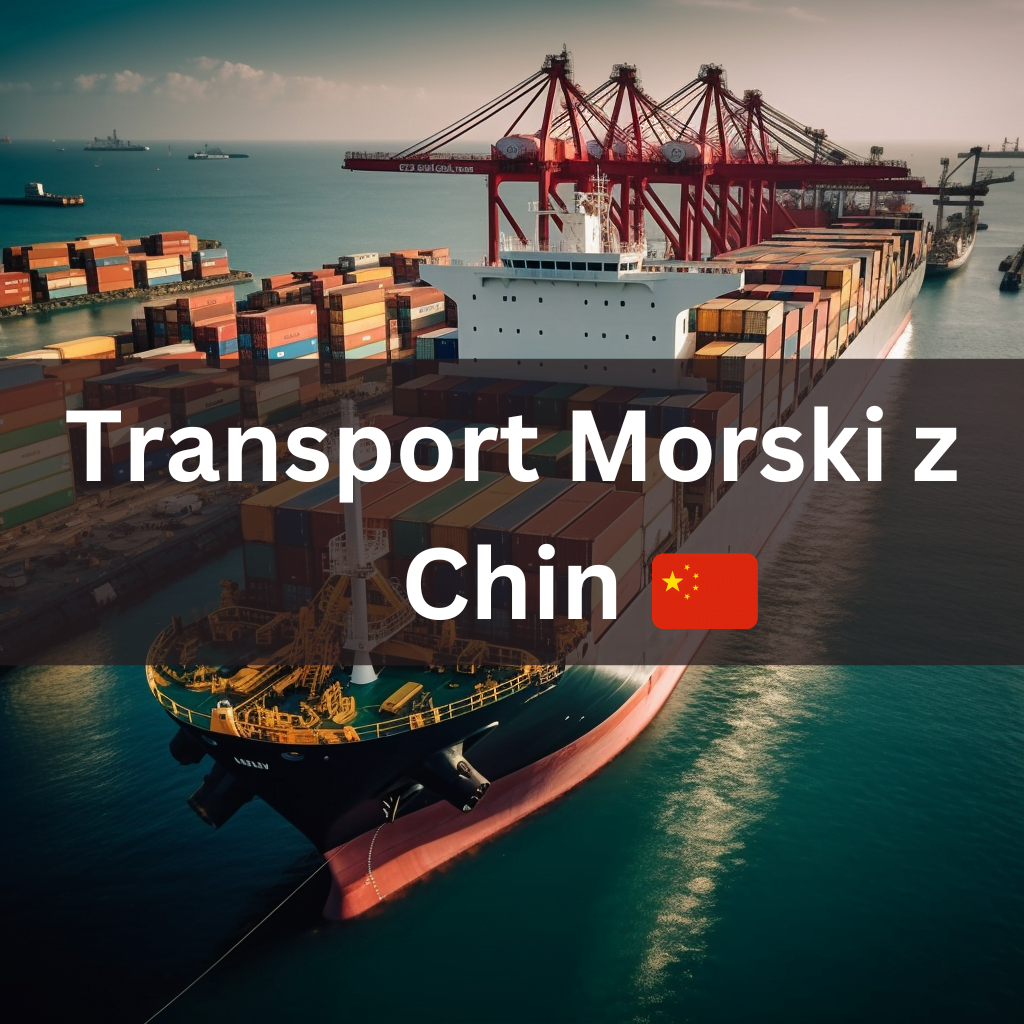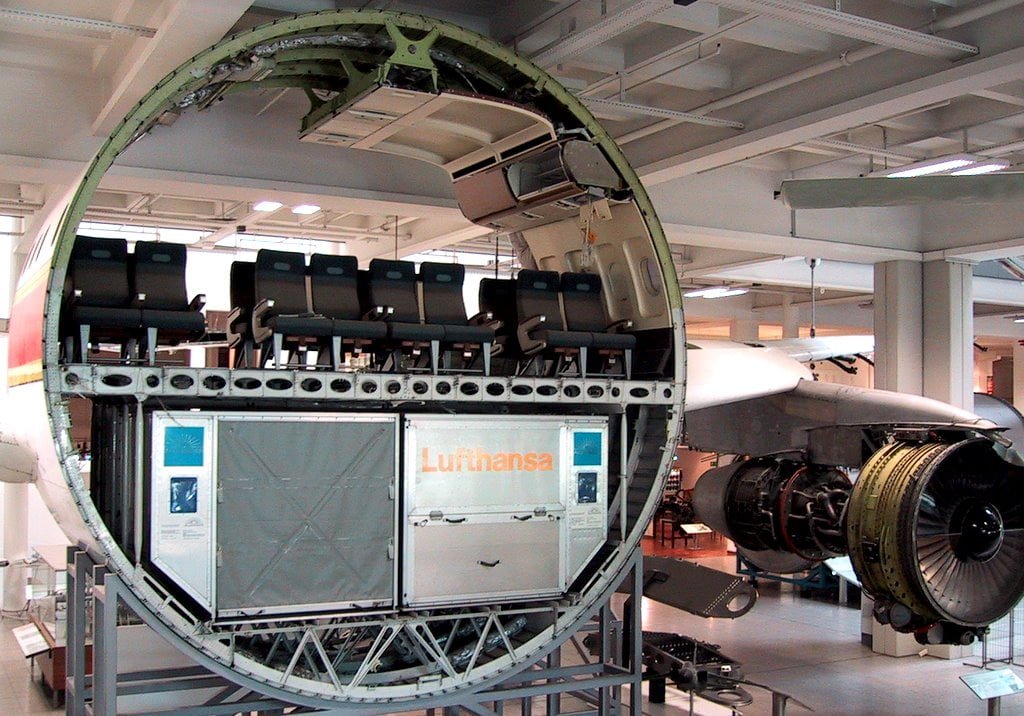Sea transport is the most popular means of transport from the Middle Kingdom. This is primarily due to the price of the solution, which, given the current market situation, comes out as the most favourable. In addition to the cheapest price, sea transport has the fewest restrictions on the type of goods that can be transported, as opposed to the considerable restrictions in air and rail transport.
How long does it take to ship from China to Poland by sea?
Containers by sea take an average of about 36 days to sail. The transit time is calculated from the moment the ship departs from a port in China and arrives at a port in Poland, for example in Gdansk. In some cases, e.g. from more distant ports such as Qingdao, the transport time can be approximately 42 days.
For example, there are also voyages that can take longer, such as 55 days. It all depends on where the ship is sailing from and how many ports it will be stopping at along the way.
Information on transport time i.e. transit time are always given by shipowners, when ordering sea transport you should always ask what the TT is. In the case of sea transport, delays also occur and it is sometimes the case that containers can be rolled and moved to the next ship's departure.
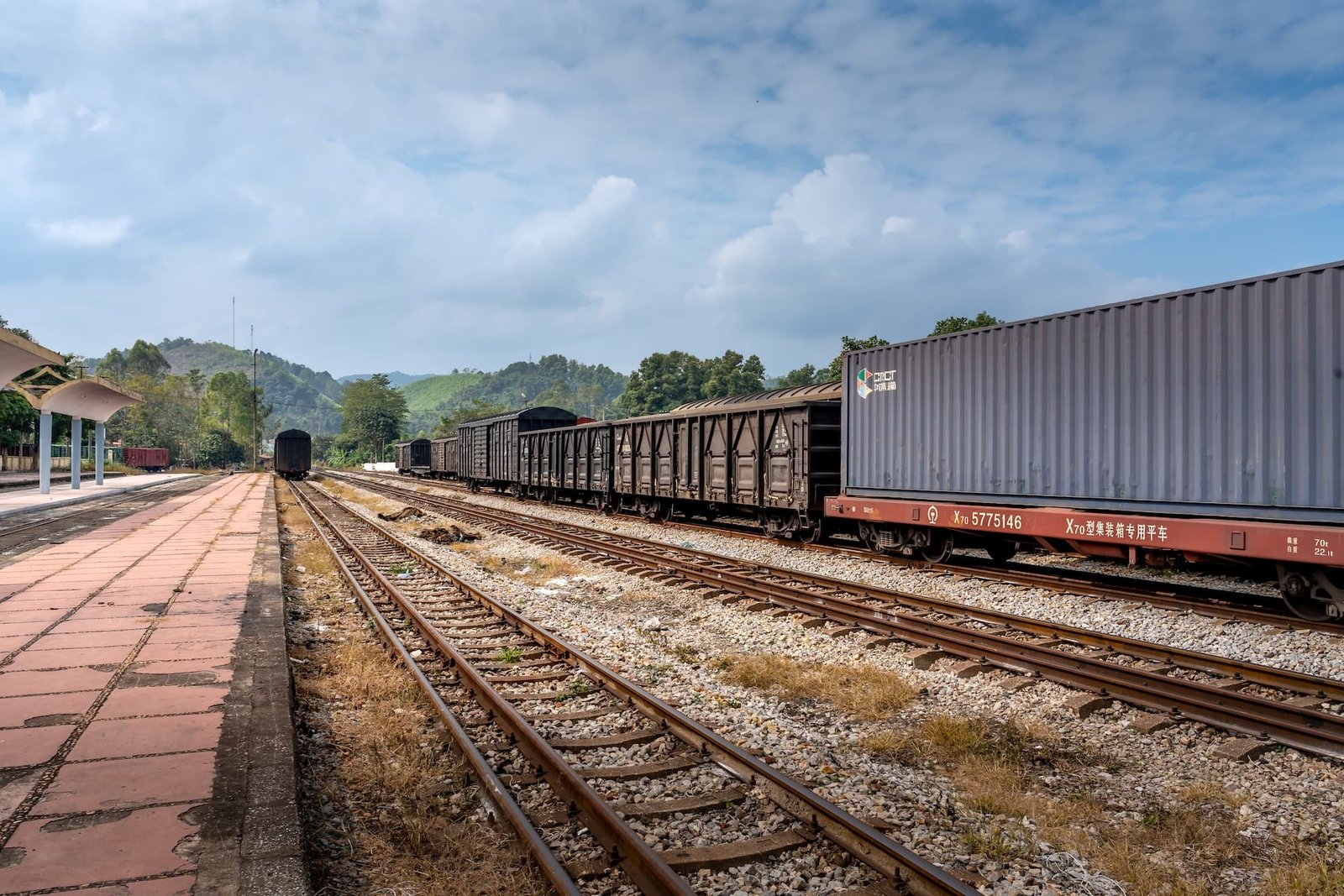
-
10% discounts for the first transport
-
On offer: Rail, air and sea transport
How much does it cost to transport goods by sea from China ?
Shipping prices are very dependent on the period of time over which we want to transport the cargo. However, below is an INDEX that will give us an idea of the current price of transporting a container from China to Europe. The transport costs are, of course, estimates and only include the price of sea freight.

Alternatives to sea transport from China:
Air transport from China - Air transport is the fastest form of transport when importing from China. Transport time is between 3 and 7 working days.
Rail transport from China - Rail transport is much cheaper than air transport with a delivery time of approximately 14 to 22 days. It is the best option for transport in terms of price/delivery time ratio.
Which containers occur in maritime transport:
The most common containers found in maritime transport are the 40 HC / 40 DV and 20 DV containers. In most cases, these are the containers that are used.
40 HC --> 67.3 CBM capacity
20 DV --> 32.3 CBM capacity
40 DV --> 76.3 CBM capacity
However, it is always worth remembering that it is impossible to load a container with an accuracy of 1 CBM. Loading the goods creates spaces between the cartons, which will always take up some loading space. This is a standard situation, but it happens that Chinese shippers are real loading virtuosos and can load a cargo wasting a minimal amount of space.
Concept of LCL and FCL in maritime transport
In maritime transport we can ship cargo FCL or FULL CONTAINER LOAD or LCL - LESS CONTAINER LOAD. FCL refers to full container volumes, i.e. a whole container of goods, while LCL refers to less-than-container shipments, i.e. all smaller cargoes under one container.
For LCL loads, the quantity of goods is given by the number of CBMs. For example 14 CBMs of goods.
Consolidation of smaller loads:
For smaller loads, in a container consolidated are goods from several or a dozen shippers. This action allows the shipment of small loads. Companies provide shipment services from as little as 1 CBM or about one pallet.
Moving the ICOTERMS formulas: FOB, CIF and EXW
When transporting by sea, we will encounter the 3 most common INCOTERMS trade rules in international trade.
FOB ( FREE ON BOARD ) -> in this formula our shipper in China our shipper will be responsible for delivering the container to the loading port and for clearing export customs together with other necessary documentation.
EXW (Ex Works) -> in this formula, the company that undertakes to do the transport for us will take care of collecting the container from the shipper, export customs clearance and other necessary documentation. Of course this also includes sea freight to the destination country including Poland.
CIF (Cost, Insurance and Freight) --> In the case of the formula CIF Chinese The seller is entirely responsible for shipping, we are left to pay the port costs at the destination, e.g. Gdansk. However, we must be careful with LCL cargo shipped on a CIF formula, most of such cargo shipped to Poland is charged huge port costs in Gdansk, which often exceed the cost of transport many times over. The cargo will reach its destination port in Gdansk, but we have already experienced many times a situation in which the transport was supposed to cost USD 500, but after adding port costs, it turned out to be USD 3000 - 4000. This is a fraudulent practice, so it is never worth using this trade rule.
It is a different matter with full containers where this practice does not occur as often. In the case of full containers, this practice is made more difficult.
Where do ships from China arrive?
As far as Poland is concerned, ships from China mostly arrive in Gdansk, occasionally a ship may arrive in Gdynia. Apart from Poland, a popular direction is to send containers to Hamburg, however, unless we have a specific purpose in mind, e.g. easier customs clearance, this solution is not very cost-effective due to the high cost of returning the cargo / container to Poland. The unloading takes place in the port and then the goods are transported by road to the importer.
Does it pay to order sea transport to Hamburg?
The answer, as always, will be THIS.
Shipping to Hamburg comes out similarly priced to shipping compared to shipping to Gdansk.
However, it is important to remember that there is a different purpose behind shipping via Hamburg. The main reason for shipping via Hamburg is the less restrictive German Customs. Some goods shipped to Gdansk have a high risk of customs revision, whereas our western neighbours are less restrictive in this respect and it is estimated that the chances of retaining a charge are much lower.
The downside of this option, however, is the greater distance that the carrier has to travel when the container is being transported, which involves additional cost and time.
Insurance in maritime transport from China ?
For transport goods it is always worth buying additional insurancewhich, in the event of any damage, will help us recover money. The cost we will have to incur is an additional dozen or more USD, depending on the value of the goods.
Which cargoes can be transported by sea?
Transport by sea is much less susceptible to various restrictions than transport by air or rail. Batteries and liquids can be transported by sea. Before shipping, we will be asked for a Material Safety Data Sheet, or MSDS. This will enable our logistics partner to check the cargo for safety and determine whether it can be transported. It may be that shipments with hazardous substances command a higher price.
Some logistics companies may refuse to transport a particular load because they do not have the necessary authorisations. It is then best to look for a company that specialises directly in the transport of dangerous goods.
What does customs clearance look like for maritime transport?
When the ship arrives in Poland, are we talking about LCL or FCL cargoes process customs clearance will look similar.
You will need to compliment the documents and declare the cargo for customs clearance, the best way to do this is through a professional agency. The cost will not be much, it will be about 50-60 USD, and we will be sure that everything has been done correctly.
The largest seaports in the world:
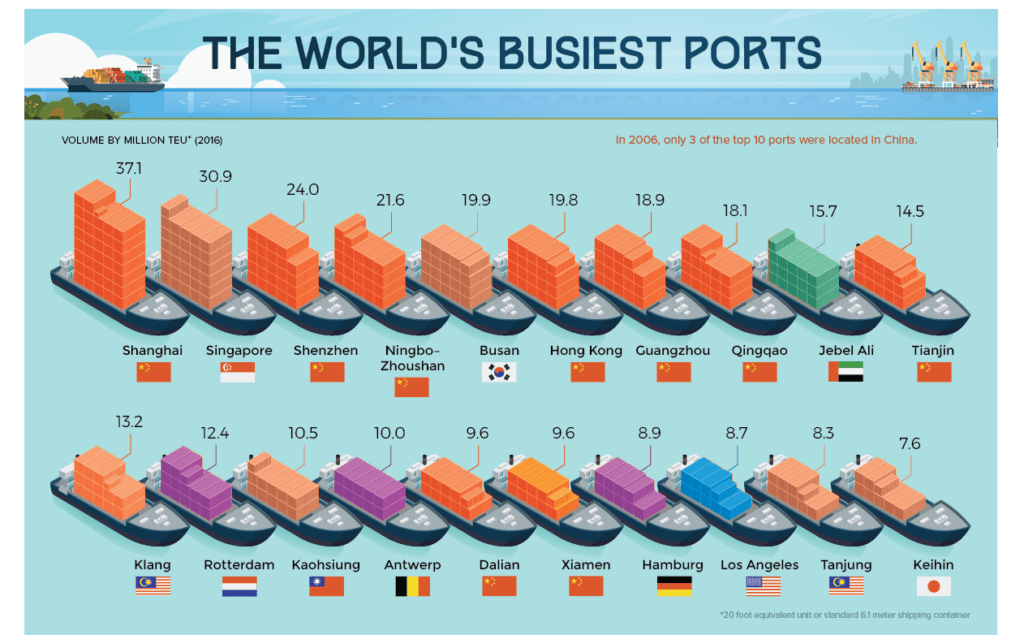
Map of ports in China:
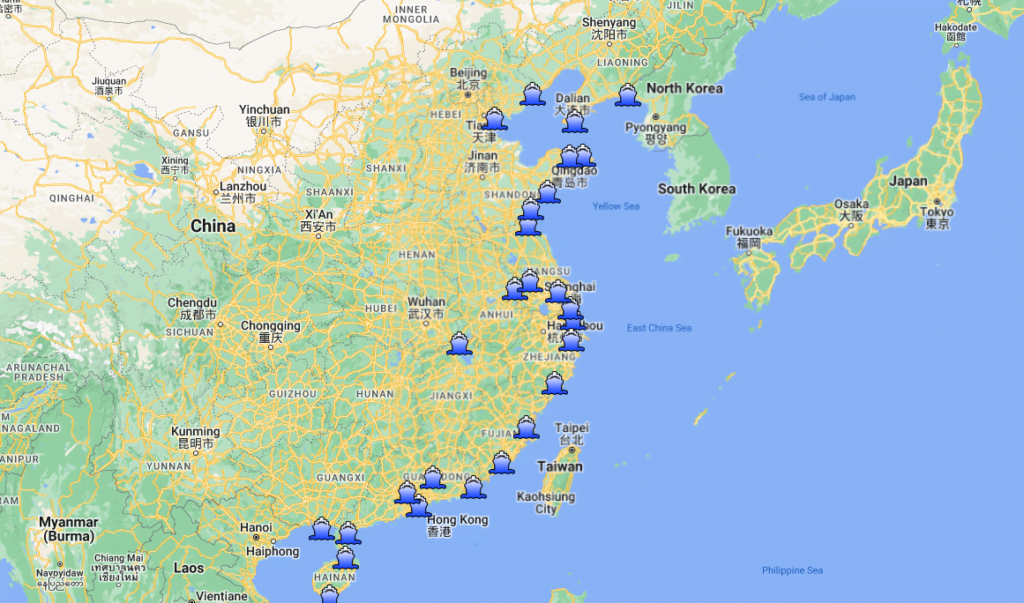
There are many possible options for choosing the port from which we can ship the goods. Usually, however, shipments are shipped from the ports closest to where the goods are produced. Sometimes, however, there is a situation where the rate is lower from a port that is further away and then this option can be used. Some of the largest ports in China include the port of Ningbo or Shenzhen.
Next to the link where the live map:
Summary
The method of transporting goods from China often depends on the factors we care about. If we need a short transport time and our goods do not take up too much space, it is worth considering air transport. If our goods take up a lot of space and we do not care about a very fast delivery, we are left with sea and rail transport, which make it possible. The shipping and logistics market is closely linked to the global situation and which mode of transport we choose will depend on the current situation. If you would like to import or export and ship, transport or import goods then please contact us. The container transport market is well known to us, especially when it comes to transport from china to Poland.

